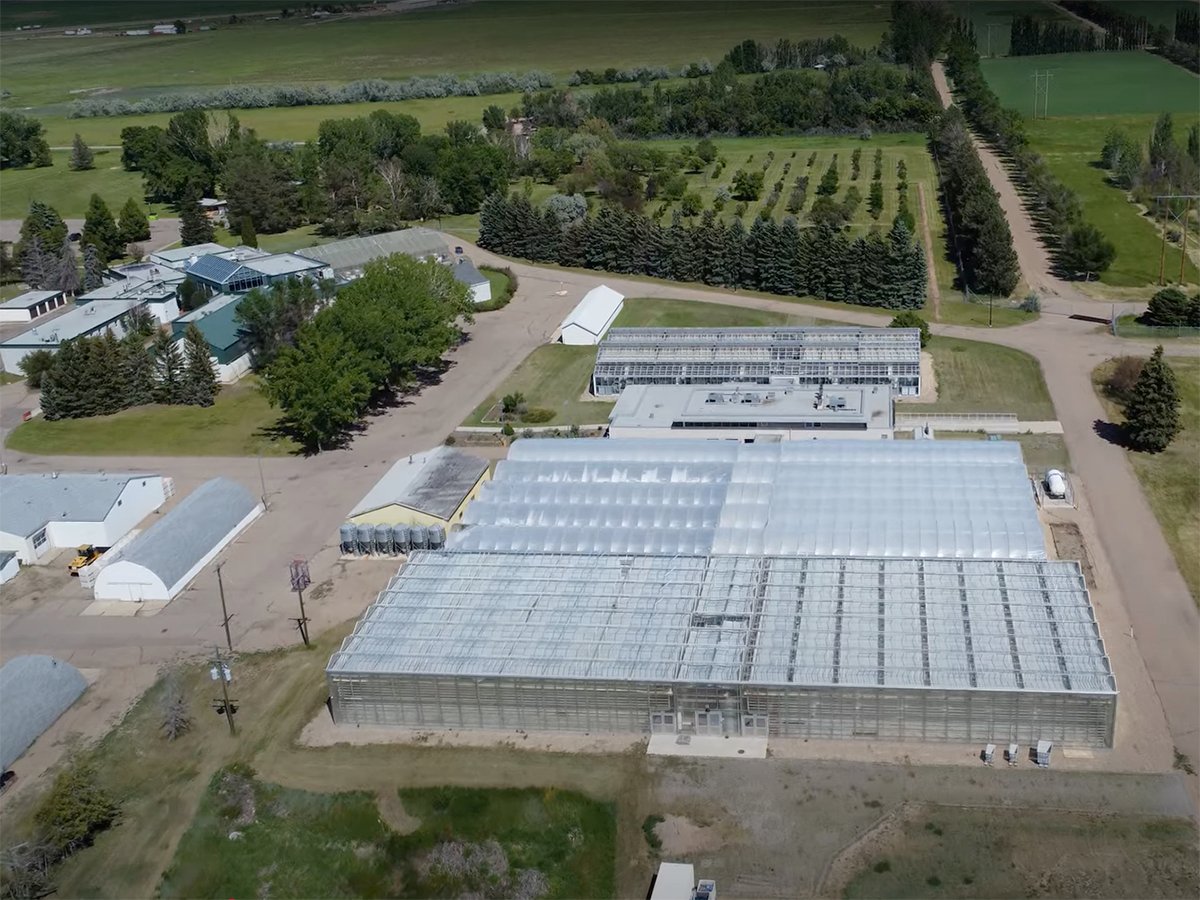LINDELL BEACH, B.C. — Researchers trying to find ways to increase antibody levels in piglets have learned that protection against Cystoisospora suis is transferred to piglets via the sow’s very first milk.
C. suis, which is also known as Isospora suis, or I. suis, causes serious gastrointestinal disease in piglets.
“C. suis is a parasite which has veterinary and clinical relevance only for piglets, mainly in their first three weeks of life,” said Dr. Lucas Schwarz, a veterinarian at the University of Veterinary Medicine’s Department for Farm Animals and Veterinary Public Health in Vienna, Austria, who made the discovery with his colleagues.
Read Also

Alberta crop diversification centres receive funding
$5.2 million of provincial funding pumped into crop diversity research centres
“It is generally known that in older animals infections can occur, but animals do not suffer from disease, despite oocyst excretion. (Whether) it is due to an age resistance or just competence of a developed immune system is not clearly understood at the moment and would need further research. So in our study, we could not detect any oocyst excretion nor any deviation of fecal consistency in sows.”
The ultimate goal was to provide the piglets with as many antibodies as possible. To do that, the researchers exposed pregnant sows to infectious stages of the parasite two weeks before parturition.
The oocysts are persistent and can survive on the floor of a pig barn for months or on other objects in the farrowing area. Piglets ingest them and the parasites colonize the gut and attack the mucous membrane.
Food digestion is lost, piglets fail to thrive and lose weight, and heavy diarrhea leads to piglet fatalities and economic losses to the farmer.
As a result, the higher the concentration of antibodies in the newborn, the better protected they are to fight off infection.
The research has already shown promise, but increased antibody levels in infected sows haven’t been consistent. Schwarz said it appeared that there are individual differences in each sow.
“At the moment, it is not possible to clearly state at which level it is possible to increase antibodies in sows and sow colostrum,” said Schwarz.
“In total, we investigated 12 sows with their litters: six infected and six non-infected. The sample size of six is too low to conclude anything on the level of antibodies in general. In fact, we could show that infected sows had significantly higher antibody levels in serum and colostrum, which correlated with the parasitological and clinical parameters.”
Piglets with milder symptoms showed that they had higher concentrations of lgA in their blood.
lgA is an antibody that plays a critical role in the immunity of mucosal linings, where they serve as a major defence against pathogens.
Schwarz said researchers had previously assumed that immunoglobulins did not play a big role in the course of swine coccidiosis.
However, the study has shown that the opposite appears to be true, and he said further research is needed to identify their exact role. The information is vital, given the relative widespread infection rate of C. suis.
“C. suis is relatively widespread in Europe with a prevalence of 40 to 100 percent (average of 69 percent),” he said.
“A study conducted in Austria, Germany and Switzerland resulted in an average prevalence of 76.2 percent. To name the losses in numbers is difficult because it is dependent on several factors. The mortality rate of a single C. suis infection is low compared to other enteropathogens (around 20 percent), but the mortality rate can be increased considerably when secondary infections such as Clostridium perfringens occur.”
The parasite infection is prevalent in some regions in Canada. A 2011 observational study in Ontario of 50 farms and 709 litters of piglets detected oocysts on 70 percent of the farms with 187 litters infected.
Those that were positive for oocysts were significantly more likely to exhibit diarrhea.
Farmers who did not use a detergent to clean farrow crates were 10 times more likely to be positive for I.suis than those who did use a detergent.
The study, which was published in the Canadian Veterinary Journal, concluded that coccidiosis was a common problem on Ontario swine farms.
Schwarz said the experimental treatment is not in commercial practice.
That’s because the study used fully virulent strains for oral immunization of sows only to find out if it is possible to increase antibody levels and consequently influence the outcome of cystoisosporosis.
It was a way to explore a form of “milk vaccination” as a possible basis for developing a natural immunization strategy.
“Our results are the basis for further research on the immunity against C. suis and for the development of a vaccination strategy,” he said.
“Furthermore, our study was just an experimental ‘proof of principal’ study, which must not be used in the field. To simply conclude, the method is not applicable for farmers. It was a research study, which forms the basis for further research. It was not conducted to find a way of an applicable prevention/intervention strategy against cystoisosporosis in the field. Regardless of further research on immunity, an important take-home-message is that, also in case of neonatal porcine coccidiosis, it is important for farmers to control colostrum consumption, which has a positive influence on C. suis infections.”
The study, Superinfection of sows with Cystoisospora suis anti partum leads to a milder course of Cystoisosporosis in suckling pigs,was published in Veterinary Parasitology.














